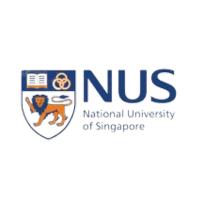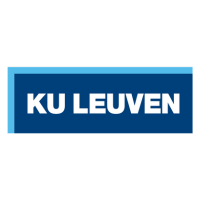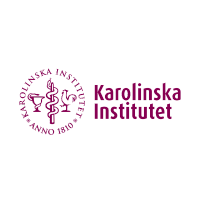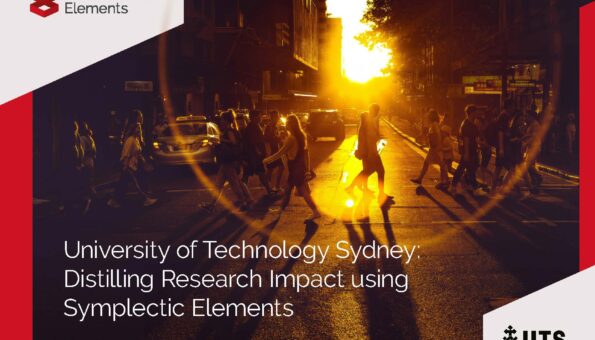Community Engagement
Whether you are new to Symplectic Elements or have been a client for over 10 years, there is always much to be shared with and learnt from your peers. We provide a variety of opportunities to engage with us and our friendly and helpful community after you become a client, including:
- Events: There’s nothing like getting together face-to-face, so we host annual user meetings in each of our major regions (North America, Europe and Australia). Our user meetings are a great chance to talk to our team and learn from our community.
- Webinars: We offer a range of webinars to help you get the most out of our products, including product updates from our team and presentations by our community.
- Community Slack Channel: Exchange ideas, best practices, or ask a question of your peers; our community Slack channel gives you a space for community collaboration as well as for news and updates from us. Ask your account manager for an invite.
- Community Repository: Our community repository (powered by Figshare) provides space for our community to share materials about how they use Elements including presentations, help guides, advocacy materials, and even reporting or API queries.


































